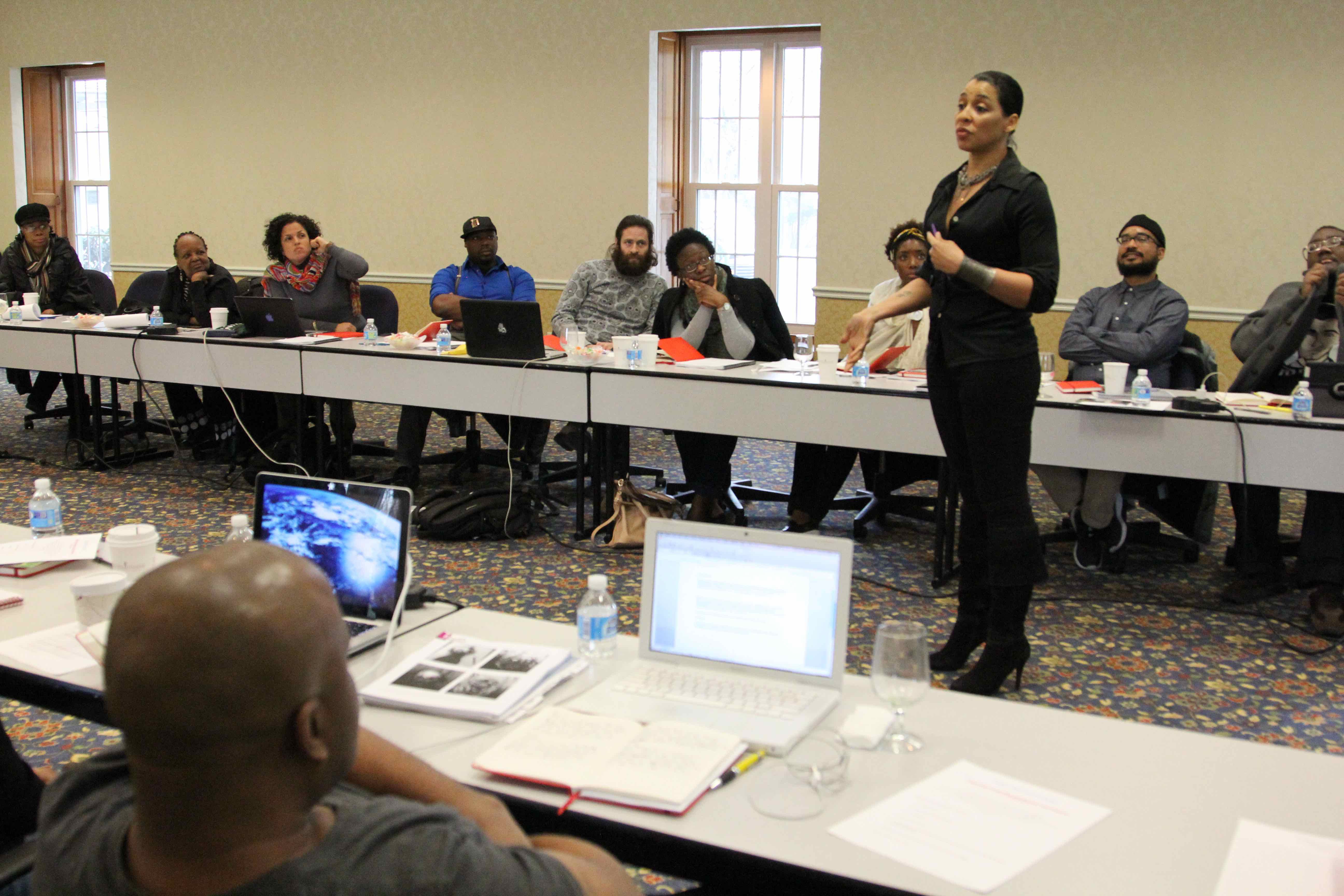Proposed NPR clocks would add morning newscasts, longer underwriting credits
A proposed revamp of NPR’s newsmagazines would allow for longer underwriting credits, expand the number of morning newscasts, and incorporate American Public Media’s Marketplace Morning Report as a baked-in segment within Morning Edition.
NPR is announcing the changes today to staff and member stations after working with stations on the revisions for more than a year. The network will solicit and review feedback from stations over the next two weeks, aiming to implement the changes by Sept. 22.
“These changes give Member Stations new flexibility to meet local audience needs while ensuring that Morning Edition and All Things Considered remain vibrant national programs that continue to fuel the public radio economy,” NPR said in a memo to stations. “We’ve worked through many complex decisions and balanced a variety of sometimes competing needs to arrive at this point.”
At issue are the “clocks” that precisely define the length and timing of all of a show’s various elements, including newscasts, music beds, program segments and underwriting credits. The second-by-second schedules determine how much NPR can charge for underwriting and how much local news or other content stations can insert into the shows as they seek to differentiate their local programming. These sometimes conflicting goals of national underwriting, local differentiation and other factors have made for tense negotiations at times, according to station leaders.
The revised clocks would grant some requests made by programmers, such as providing more time for local content with the addition of a 4-minute cutaway segment in ATC. But NPR proposes to maintain differing clocks for the morning and afternoon shows, despite the conclusions of its own survey finding that a majority of station programmers wanted identical clocks. Advocates for adopting the same clock for both magazines have argued that doing so would allow more flexibility for adding local content during ATC.
The decision in favor of separate clocks reflects the varying listening habits of morning and afternoon audiences, said Margaret Low Smith, NPR’s senior v.p. for news. “The way people listen in mornings, they’re listening in many more places and doing many different things compared to afternoons,” she told Current.
Along with the new clocks, NPR would also impose stricter limits on how much stations can customize the newsmagazines by inserting content from other national networks. NPR has proposed barring these insertions unless the added content has local relevance. Some modules will be grandfathered in, however.
But a popular segment from a producer other than NPR will get special treatment. Marketplace Morning Report, already a staple on many stations, will become a regular part of Morning Edition. The APM show will air in alternate hours in Morning Edition, switching off with NPR’s segments. MMR will remain an APM production, but the networks will coordinate coverage to avoid overlapping reporting. NPR will stop producing a dedicated business segment at that time.
“This is a reflection of a new level of collaboration in public radio and a positive statement about our collective future,” Smith said.
Most stations already carry MMR, but APM will contact those that don’t to discuss options for acquiring the show, according to Deborah Clark, v.p. and e.p. of Marketplace.
Morning Edition will also undergo changes to its newscasts, adding them at 19 and 42 minutes past the hour, while also losing a three-and-a-half minute newscast at the top of the hour.
Another set of tweaks focuses on underwriting. NPR has been frank with stations about its needs in this area. In its memo presenting the revised clocks, the network said that “the new clocks are also designed to address profound changes in the advertising marketplace that are putting pressure on our underwriting revenue.”
NPR currently sells only 10-second credits but has suggested extending credits to as long as 15 seconds, though the number of credits per hour would not change. The network will also mandate that some credits air at certain times, which Smith said would allow underwriters to buy national spots with regionally customized text. And station announcers will no longer be permitted to read underwriting credits live on the air.
Regarding all the proposed changes, NPR said in its memo that it will “conduct spot checks to ensure listeners hear a program consistent with these policies.”
The network will gather feedback from stations until July 9 before finalizing the clocks. Below are NPR’s renderings of the current and proposed clocks (click for larger images).
UPDATE: Apart from keeping different clocks for the newsmags, the proposed revisions agree with many of the recommendations of the Public Radio Program Directors Association, which has advised NPR on the new clocks. “They’ve done a good job trying to take in all the different ways of thinking,” said Arthur Cohen, PRPD president.
The programmers’ group has suggested developing a webinar for stations about best practices for using the clock “to make it sound as good as possible,” Cohen said. Listeners and stations probably won’t notice many changes other than the shorter top-of-the-hour newscast in Morning Edition, “which I think was too long in the first place,” he said.
For Kansas Public Radio, however, that longer newscast offered some flexibility for adding local news spots, said News Director J. Schafer. The station sometimes uses four minutes of the newscast for local news, but on other days might use an additional two minutes.
“If I only have three morning newscasts, I’d like to get a lot of bang for my buck and run all of our spots,” Schafer said. “I think people like the six-minute newscasts.” The shortened newscast “seems like change just for the sake of change,” Schafer said.
But Tammy Terwelp, director of content and programming for WESA in Pittsburgh, said she’s “very excited” about the changes to the newscast. “I think it is very smart to get listeners into the A segment much sooner,” she wrote in an email.
However, Terwelp expressed concerns about the proposed process for replacing newsmag segments with other content. “I’m curious about the waiver process and who at NPR will be making these decisions, not living in my community or fully knowing my station’s brand development and strategic goals,” she wrote.
And this just in, via Twitter:
https://twitter.com/fmcapper/status/484734577626185728













In paragraph 11, don’t you mean that Morning Edition would lose its BOTTOM (not top) of the hour newscast? That’s what the draft clock indicates, at least.
It indeed will lose the bottom-of-the-hour newscast, but a 3:29 newscast segment at the top of the hour is also being cut.
Hate the new M-E clock. Right now, depending on the amount of LOCAL news we have, we have the option of delivering a 4-minute newscast or a 6-minute cast at the top of the hour. That option will go away. I’ll miss the bottom-of-the-hour newscasts as well. : – (
In it obvious that NPR is only interested in enhancing its presence and its underwriting. Stations be damned. Radio (all radio) should be as local as possible all the time.
Can someone explain “… NPR would also impose stricter limits on how much stations can customize the newsmagazines by inserting content from other national networks. NPR has proposed barring these insertions unless the added content has local relevance” ? What is the rational for this? Doesn’t this hamper broadcast of little shows like 99% invisible (under 5 minutes)?
Hi Gordon — in the document I was given, NPR said the rationale was “to maintain the integrity of the newsmagazines as national shows.” In theory, yes, it would appear that that limitation could hamper broadcast of shows such as 99% Invisible.
The new NPR show clocks go live Monday (Nov 17 2014).
Just remember that paid sponsorship messages for corporations are not commercials.
Maybe to you they’re sponsorship messages, but trust me Art, to me (an NPR listener), they’re ads. They’re not yelling screaming commercial radio ads, but they’re ads.